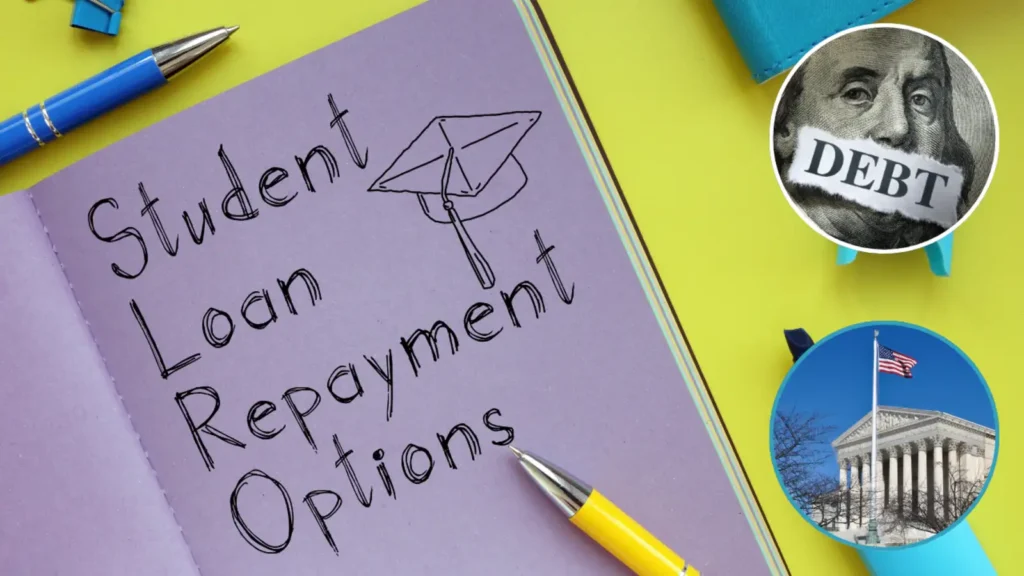With the rising cost of higher education, student loans have become a financial necessity for many. Yet, taking on debt without a plan can have long-term consequences. To help students and families make informed decisions, financial experts emphasize the importance of sustainable borrowing—taking only what you need, understanding your repayment options, and planning for the future.
Borrow Only What You Truly Need
Many students qualify for loan amounts that exceed their tuition and essential living expenses. While it might be tempting to borrow the full amount, experts recommend borrowing conservatively.
“Just because you’re offered a certain amount doesn’t mean you should take it all,” says Harvard Extension School’s financial aid office. “Minimize debt by budgeting carefully and living within your means.”
(Harvard Extension School Tips)
Choose Federal Loans First
Federal student loans often come with lower interest rates, fixed terms, and more borrower protections compared to private loans. They also offer benefits such as deferment, forbearance, and forgiveness programs that private lenders do not.
The U.S. Department of Education encourages students to explore federal aid first via the Federal Student Aid website.
Understand the Terms and Conditions
Before signing a promissory note, students should fully understand the loan’s terms: the interest rate, repayment schedule, grace period, and total cost over time. This awareness is critical to avoiding future surprises.
The Consumer Financial Protection Bureau (CFPB) offers tools and calculators to help students assess their total loan burden and repayment options.
Live Frugally While in School
Being financially responsible during school can significantly reduce borrowing. Experts advise students to create a monthly budget, avoid credit card debt, and look for ways to cut costs—such as using student discounts and living with roommates.
Start Thinking About Repayment Early
Repayment strategies should begin before graduation. Options such as Income-Driven Repayment (IDR) plans can adjust monthly payments based on your income and family size, helping you avoid default while staying current on payments.
Setting up automatic payments may even qualify you for a small interest rate reduction with some servicers.

Consider Loan Forgiveness Opportunities
Public Service Loan Forgiveness (PSLF) is available to borrowers working in government or non-profit sectors after 10 years of qualified payments. For those who qualify, it can be a financial lifeline.
Employer Loan Repayment Assistance
As part of their benefits package, some employers now offer student loan repayment assistance. While not yet standard across industries, it’s becoming more common—especially in healthcare, tech, and public service fields. Speak with your HR department to learn if such a benefit is offered.
Weigh Repayment Against Investment
One of the most debated financial strategies is whether to aggressively repay loans or invest. If your student loan interest rate is low (under 5%) and you’re financially stable, investing in retirement or stocks may yield higher returns. However, if you have high-interest loans, it’s wiser to prioritize repayment to avoid long-term financial strain.
Sustainable Borrowing for International Students
For students outside the U.S., like in India, government-backed loans such as those under the Credit Guarantee Fund Scheme for Education Loans (CGFSEL) provide more favorable terms and subsidies. Organizations like Vidya Lakshmi in India centralize access to multiple education loan options.
Conclusion
Student loans don’t have to become a lifelong burden. By borrowing responsibly, choosing the right repayment plan, and utilizing forgiveness or assistance programs, students can navigate the world of educational finance without losing their financial footing. Remember, an educated borrower is an empowered one.
This article has been carefully fact-checked by our editorial team to ensure accuracy and eliminate any misleading information. We are committed to maintaining the highest standards of integrity in our content.

Outside of work, he enjoys playing chess, following cricket, and writing short stories. His commitment to integrity and in-depth analysis strengthens OTE News’ mission of providing trustworthy journalism.




